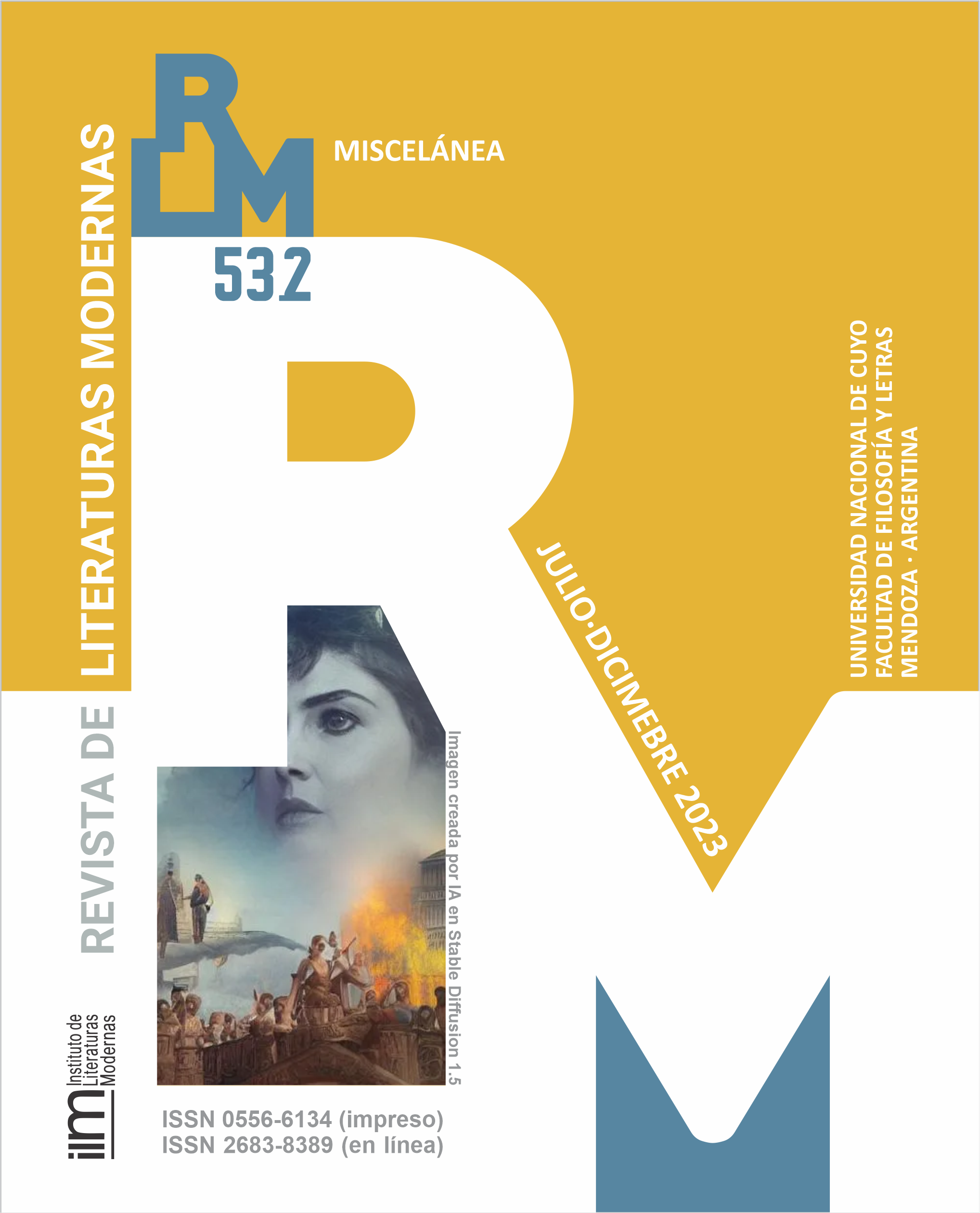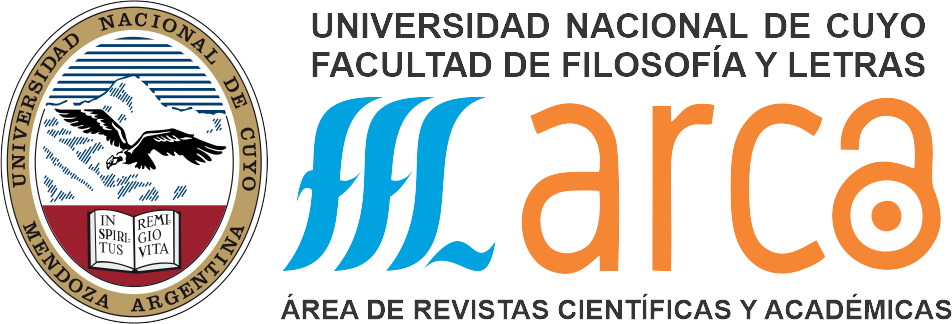Martina Chapanay: a Legend and a Novel about the Highway Robber and a Montonera Gaucha
Keywords:
Montoneras, San Juan, Huarpe, Banditry, CrossingAbstract
Of Huarpean descent and born in the province of San Juan, Martina Chapanay was a highway robber and member of the montoneras of Facundo Quiroga and Chacho Peñaloza. In the 19th century, Pedro Desiderio Quiroga and Pedro Echagüe told her story. This article proposes the comparison of two little-studied texts, whose meanings, characters and settings are related to stories about outlaw gauchos, Facundo and El Chacho de Sarmiento, the civil wars and the stage of National Organization after the battle of Pavón. “Martina Chapanay. American historical legend” was published in the Correo del Domingo in 1865. Quiroga's story traces the heroine's military and criminal life in such a way that we find there is little difference between the montoneros and the bandits. After Peñaloza's death, Martina becomes the legendary baqueana and tracker who helps the traveller. In the novel La Chapanay, published in 1884, Echagüe erases her Federalist status and presents her as a repentant highway robber who seeks to redeem herself by becoming the "Quixote of the Cuyo travesías". In both versions, Martina's virile appearance and demeanour constitute a rebellion against the gender mandate that accompanies her matrero spirit and transcends political and legal conflicts.
Downloads
References
Amante, A. (2013). La trama. Sobre El Chacho de Sarmiento en Las Ranas, núm. 8, 137-149.
Auerbach, E. (1996). Mimesis. La representación de la realidad en la literatura occidental. Fondo de Cultura Económica.
Baudrillard, J. (1978). Cultura y simulacro. Kairós.
Chumbita, H. (2013). Jinetes rebeldes. Historia del bandolerismo social en la Argentina. Colihue.
Cutolo, V. (1978). Nuevo diccionario biográfico argentino (1750-1930), t. V. Elche.
De la Fuente, A. (2000). Children of Facundo. Caudillo and Gaucho Insurgency during the Argentine State-Formation
Process (La Rioja, 1853-1870). Duke University Press.
Echagüe, P. (1945). La Chapanay, en Pedro Echagüe, Dos novelas regionales. Jackson.
Estrada, M. (1962). Martina Chapanay. Realidad y mito. Imprenta Varese.
Gutiérrez, E. (2001). Juan Moreira. AGEA.
Hobsbawm, E. (2001). Bandidos. Crítica.
Quiroga, P. D. (1865). Martina Chapanay. Leyenda histórica americana. Correo del Domingo, vol. 3 (65 y 66).
Quiroga, P. D. (1871). Martina Chapanay. Leyenda histórica americana. Monitor de la Campaña (8, 9, 10 y 11).
Rodríguez Pérsico, A. (1993). Un huracán llamado progreso. Utopía y autobiografía en Sarmiento y Alberdi. Interamer-OEA.
Rojas, R. (1957). Historia de la literatura argentina. Ensayo filosófico sobre la evolución de la cultura en el Plata, vol. 6 (Los proscriptos II). Guillermo Kraft Limitada.
Sarmiento, D. F. (1973). El Chacho. Último caudillo de la montonera de los Llanos, en Pedro Orgambide (pról. y ed.), José Hernández, Domingo F. Sarmiento. Vidas del Chacho. Rodolfo Alonso.
Sarmiento, D. F. (2000). Facundo o civilización y barbarie en las pampas argentinas. Prólogo de Daniel Alcoba. Buenos Aires: Planeta DeAgostini.
Zumthor, P. (1994). La medida del mundo. La representación del espacio en la Edad Media. Cátedra.
Downloads
Published
How to Cite
Issue
Section
License
Copyright (c) 2023 Emiliano Sued

This work is licensed under a Creative Commons Attribution-NonCommercial-ShareAlike 4.0 International License.








